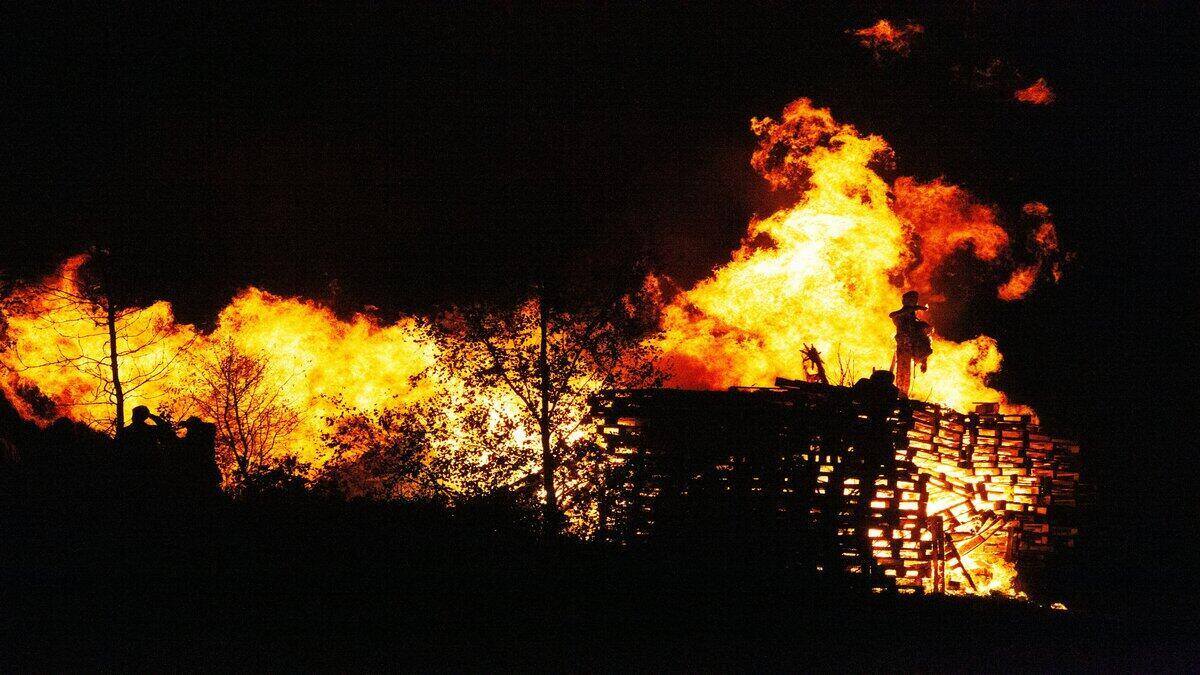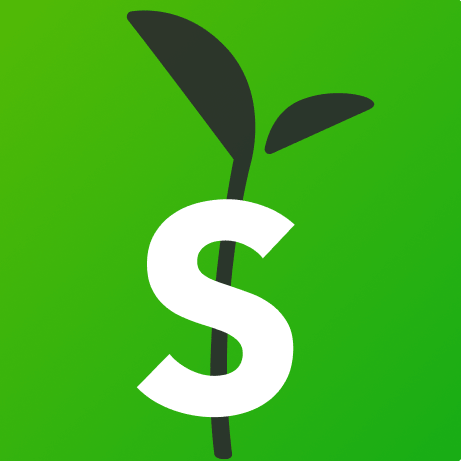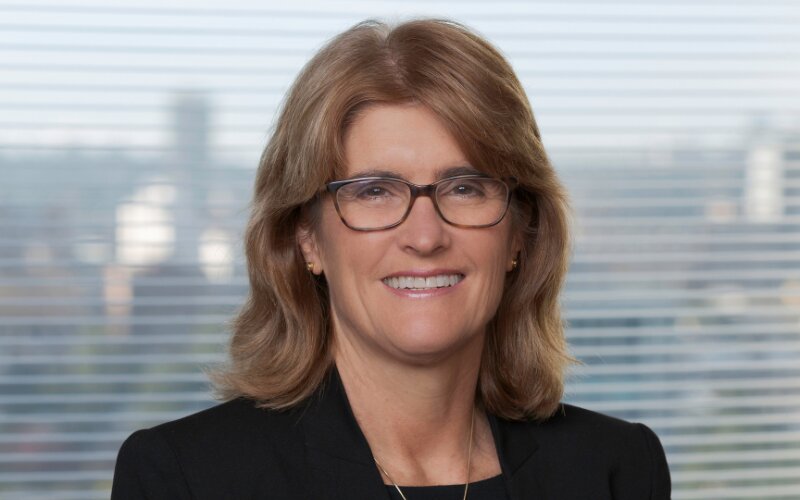The RBA has revealed that February's cash rate target was a choice between the 25 basis point increase we received or a 50 point jump.
Unlike previous meetings, board members did not contemplate pausing the rate hikes, which could concern mortgage holders.
The minutes revealed board members felt December data revealed more short term inflationary pressures and greater "breadth and persistence" to the high cost of goods than previously anticipated.
The board also did not forsee price and labour costs to be as high as observed in the December quarter.
They reiterated their commitment to return inflation to target, and again expressed their willingness to do "what is necessary" to achieve this.
What about mortgage holders?
RBA Governor Dr Philip Lowe has taken fire recently for the pressure the cash rate increases are putting on households.
In front of a senate committee last week, Dr Lowe said that the board was far from deaf to these concerns.
"We hear the message loud and clearly," he said.
"We talk about at every board meeting how this is really, really hurting some households.
"But we also talk about if we don't get on top of (inflation), the pain will be worse."
In the minutes, board members acknowledged that mortgage payments are on-track to reach the highest proportion of household disposable income on record.
However, the board also indicated their confidence that the extra savings Australians have accumulated over the past few years are substantial enough to absorb this.
They pointed out that the cash rate remains lower than in many comparable economies, and that Australia is estimated to have a larger "positive exposure" to high commodity prices than most, as well as greater savings.
A 50 basis point increase?
Board members arguing for a 50 basis point increase (which would have seen the cash rate jump to 3.60%) were worried about the pattern of price and wage data continuing to exceed expectations.
While this would have further ramped up the political pressure on Dr Lowe and the rest of the board, members pointed out that persistent inflation would likely mean even higher interest rates and larger jumps in unemployment down the track.
Stagflation is a term coined in the 1970s describing a stagnating economy with both high inflation and unemployment, a situation previously thought to be impossible.
For the RBA, this is a worst case scenario for where our economy could land, and Dr Lowe has been consistent that the steepest rate hikes on record are the only means to avoid this.
Eventually though, board members concluded that a 25 basis point increase was more appropriate for February, with plausible scenarios where inflation falls faster than expected in response to the previous rate hikes.
What will the peak be?
According to the board, forecasts for both output and inflation are based on an eventual cash rate of 3.75%.
This would require an extra 40 basis points' worth of increases from the current rate.
ANZ economists say that the minutes reinforce their view that the cash rate will end up above 4%.
"Given the large surprise on inflation, it’s not surprising that there was again discussion of a 50bp hike, or that there was no discussion this month of a pause, as was the case in December," Senior ANZ economist Felicity Emmett said.
The RBA board confirmed that further increases were likely in the coming months.
They said the extent of which would be based on "developments in the global economy, trends in household spending and unemployment, the evolution of labour costs and the price-setting behaviour of firms".
Advertisement
Need somewhere to store cash and earn interest? The table below features savings accounts with some of the highest interest rates on the market.
Picture by Fabrizio Conti on Unsplash









 Rachel Horan
Rachel Horan
 Staff Writers
Staff Writers
 Kari Arnison
Kari Arnison

